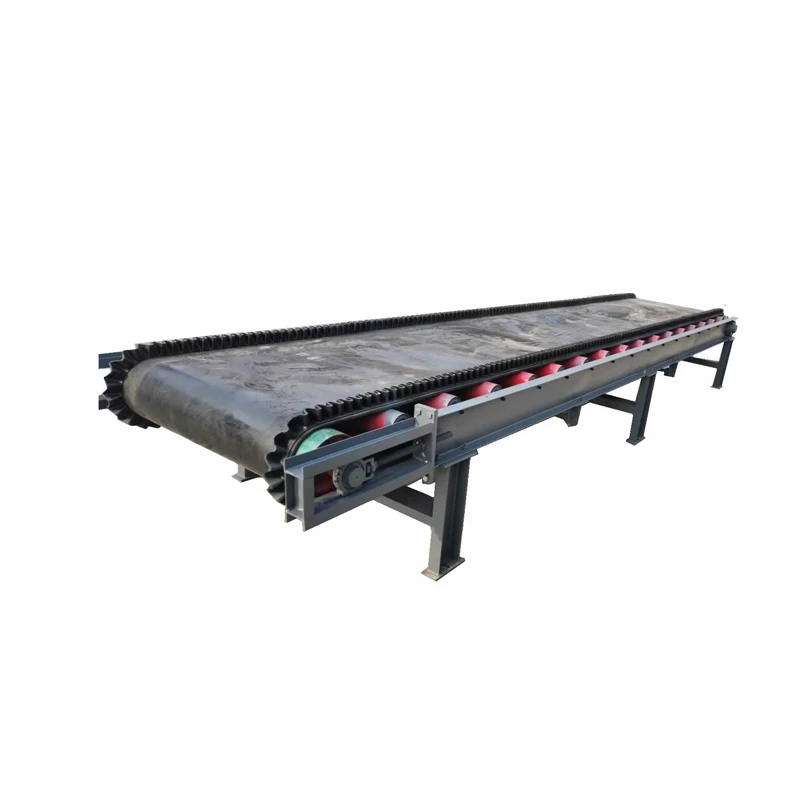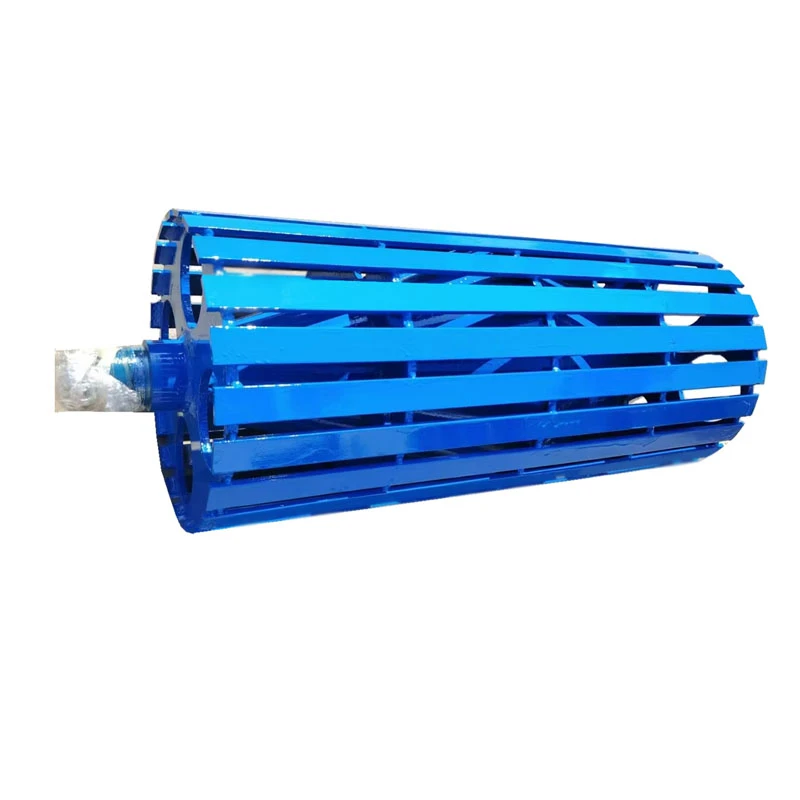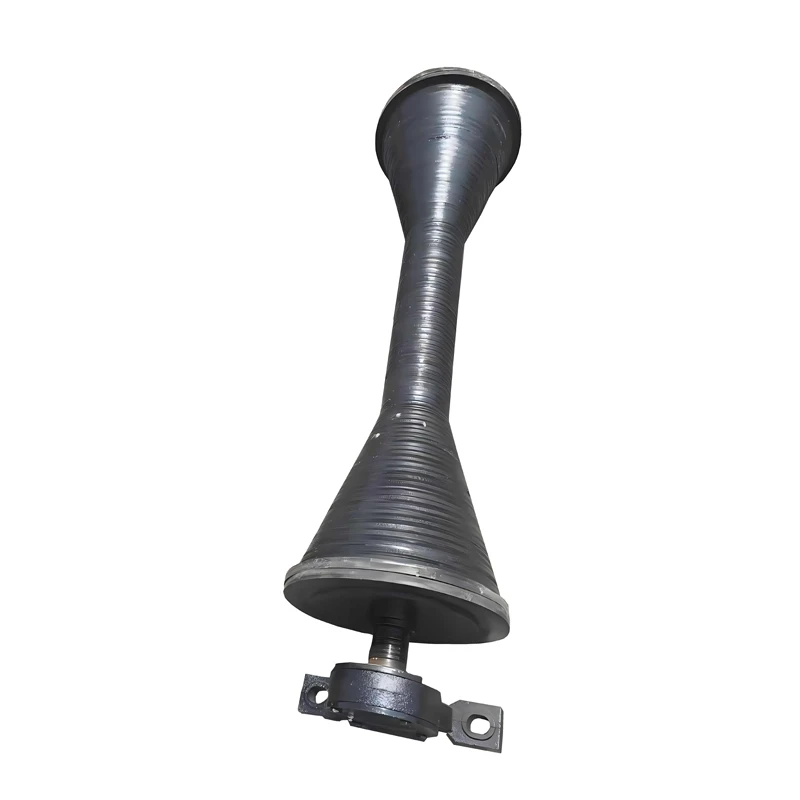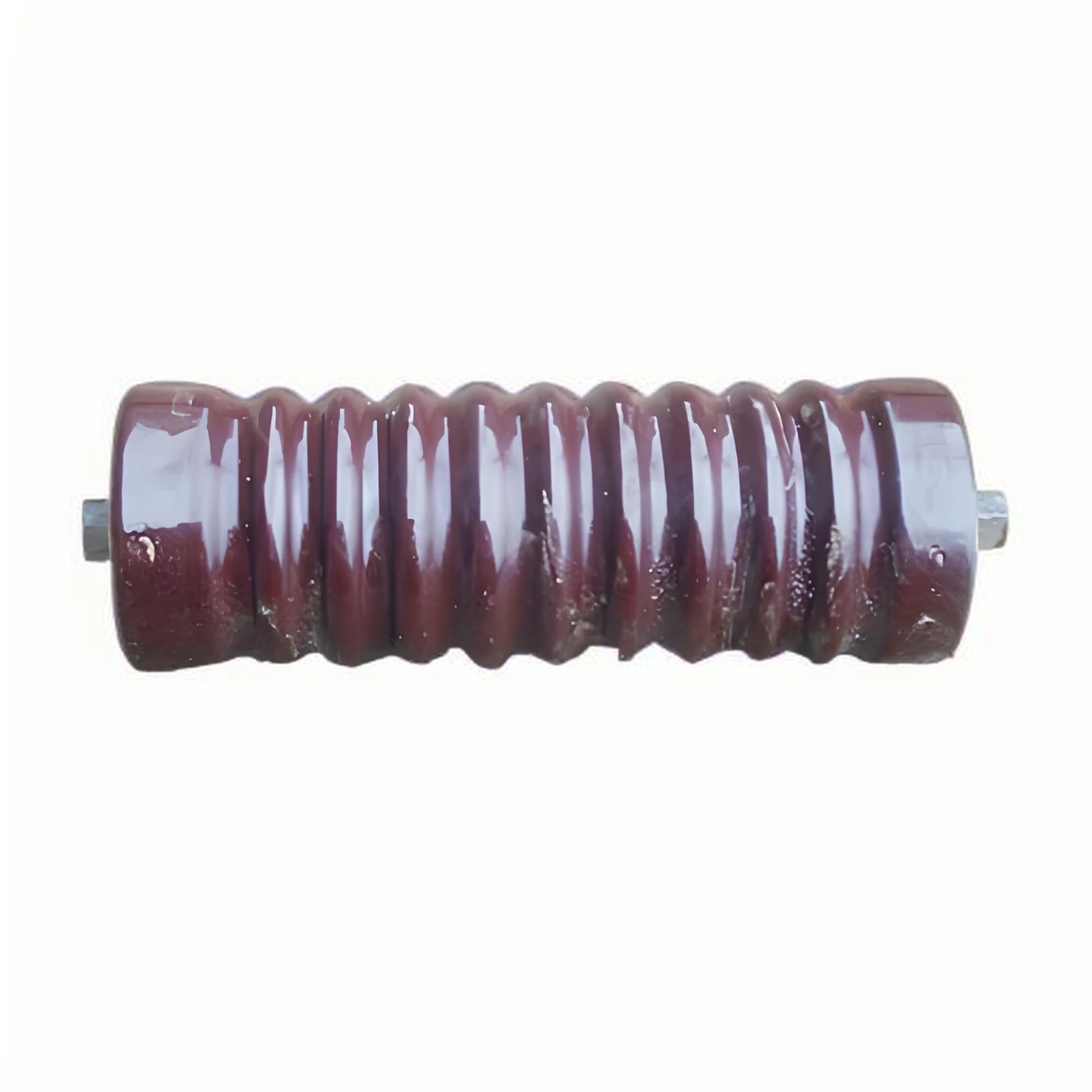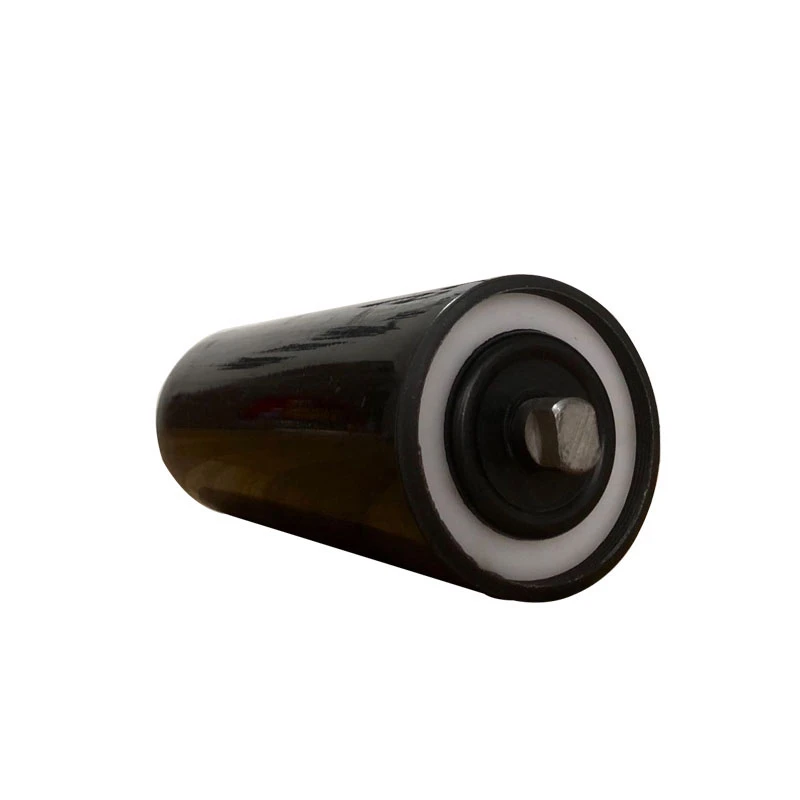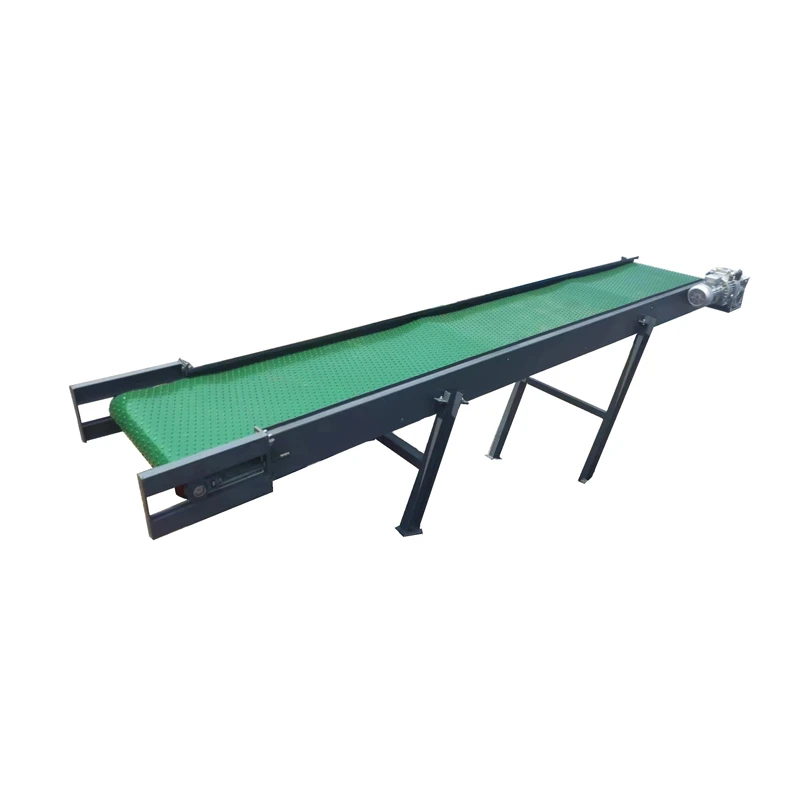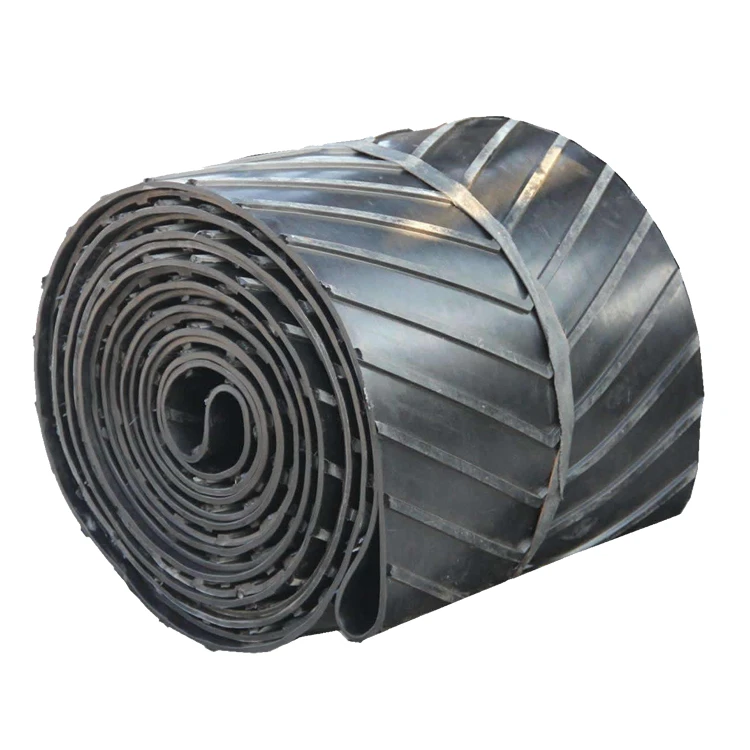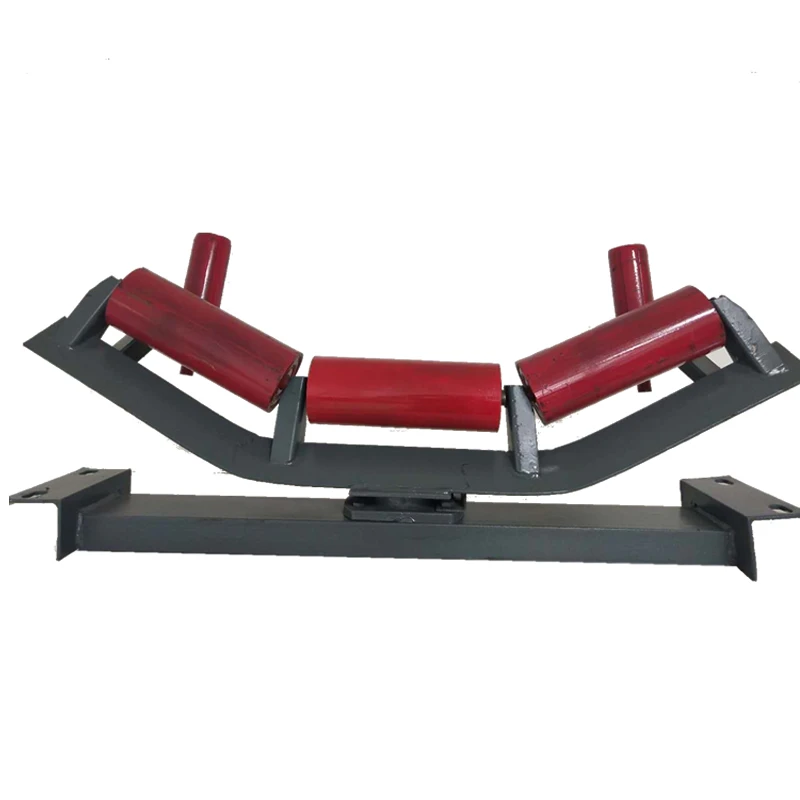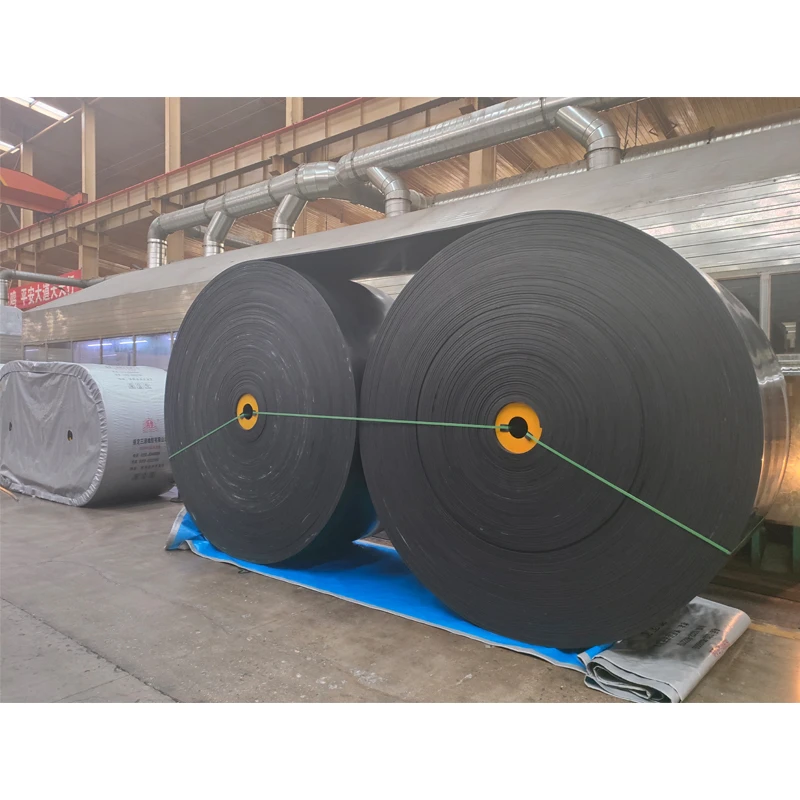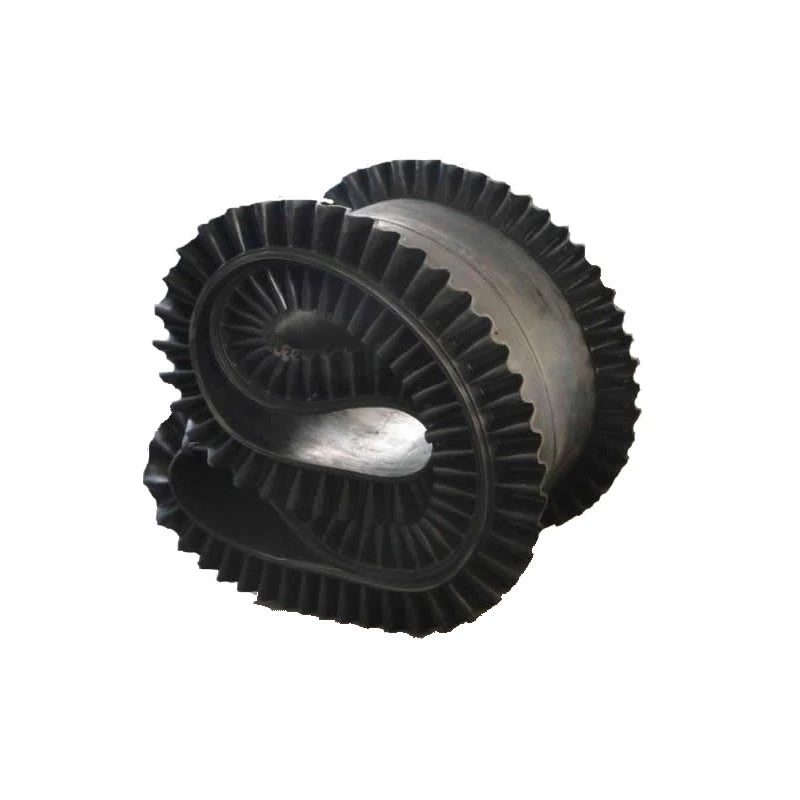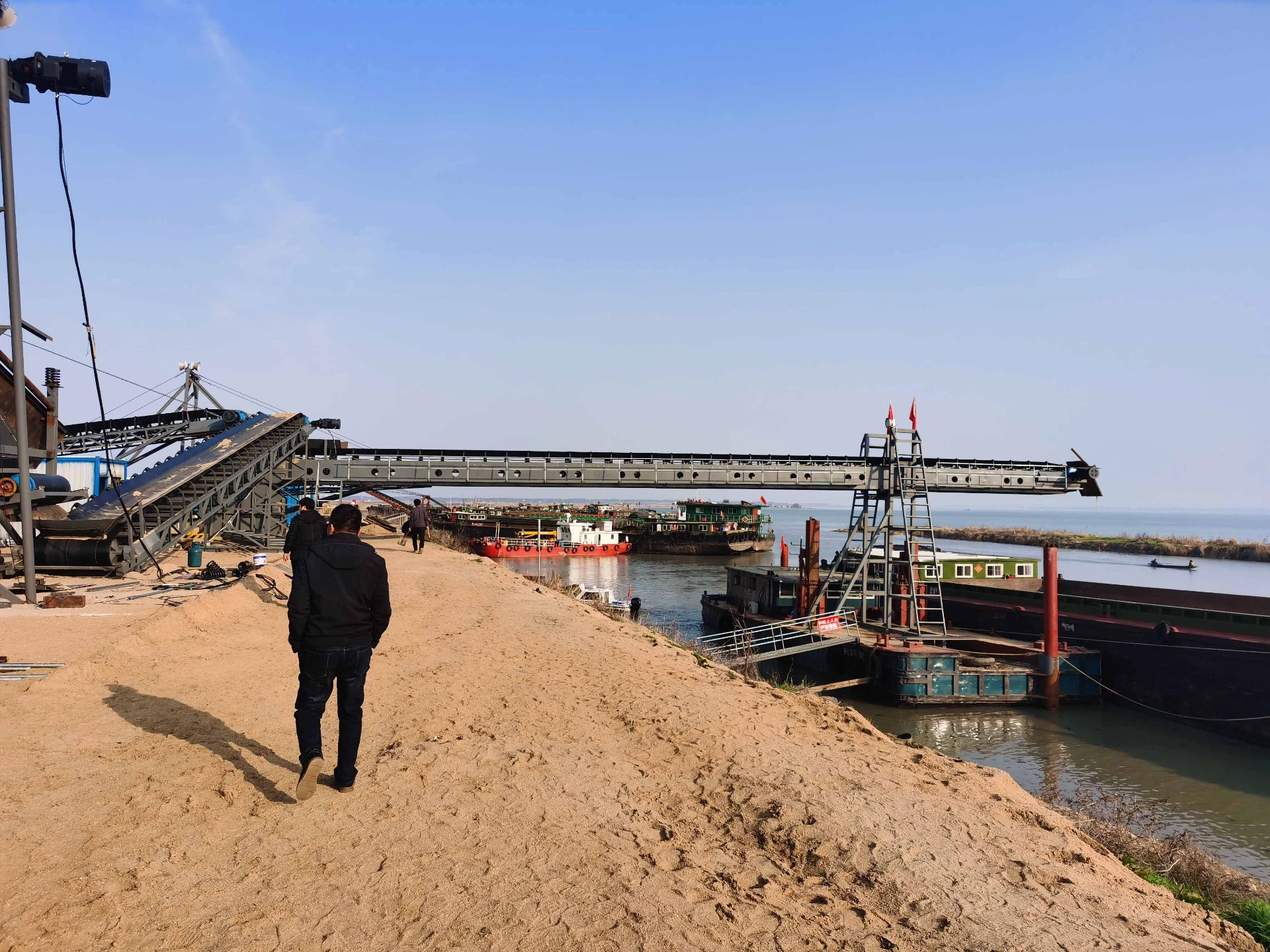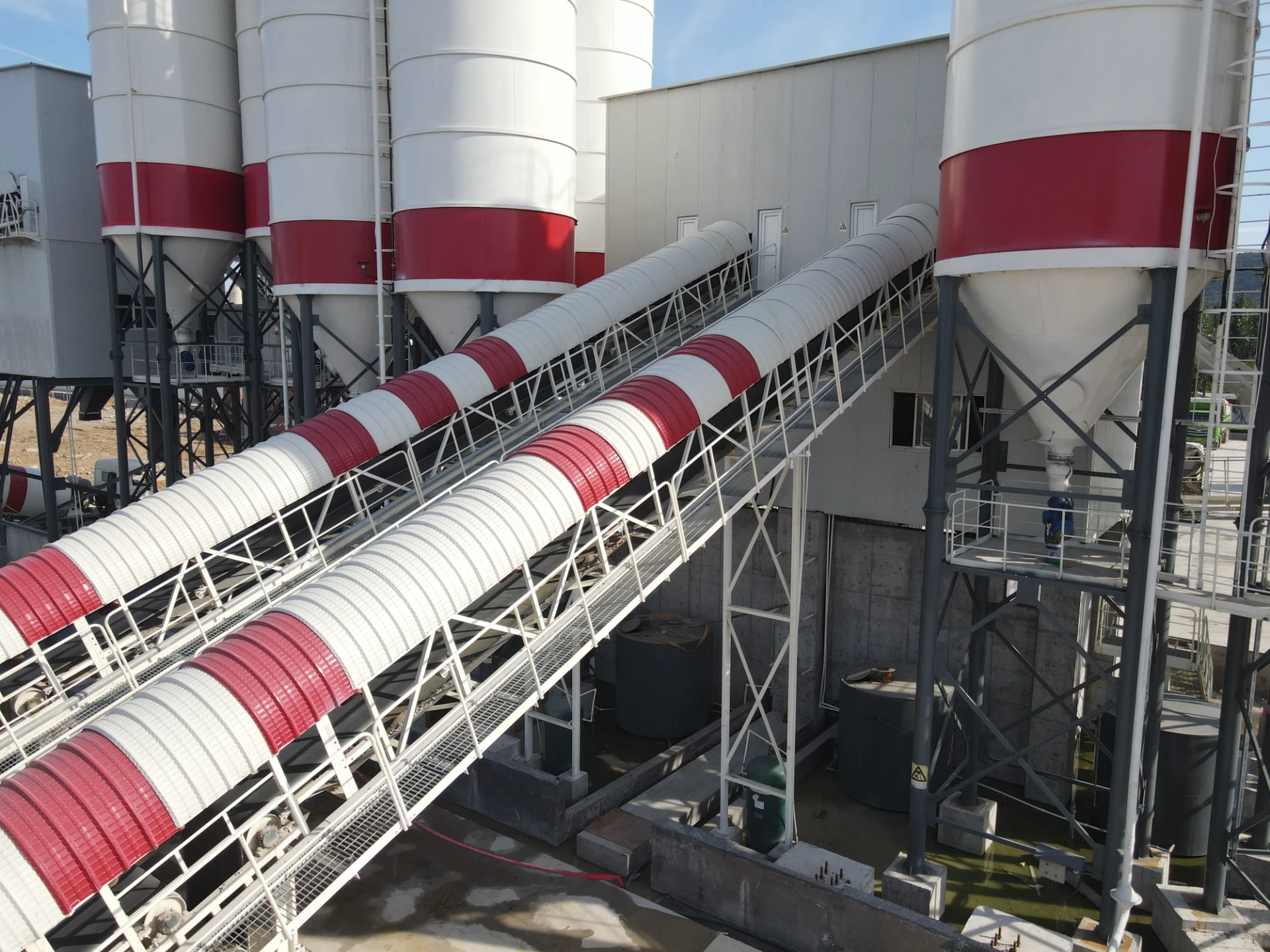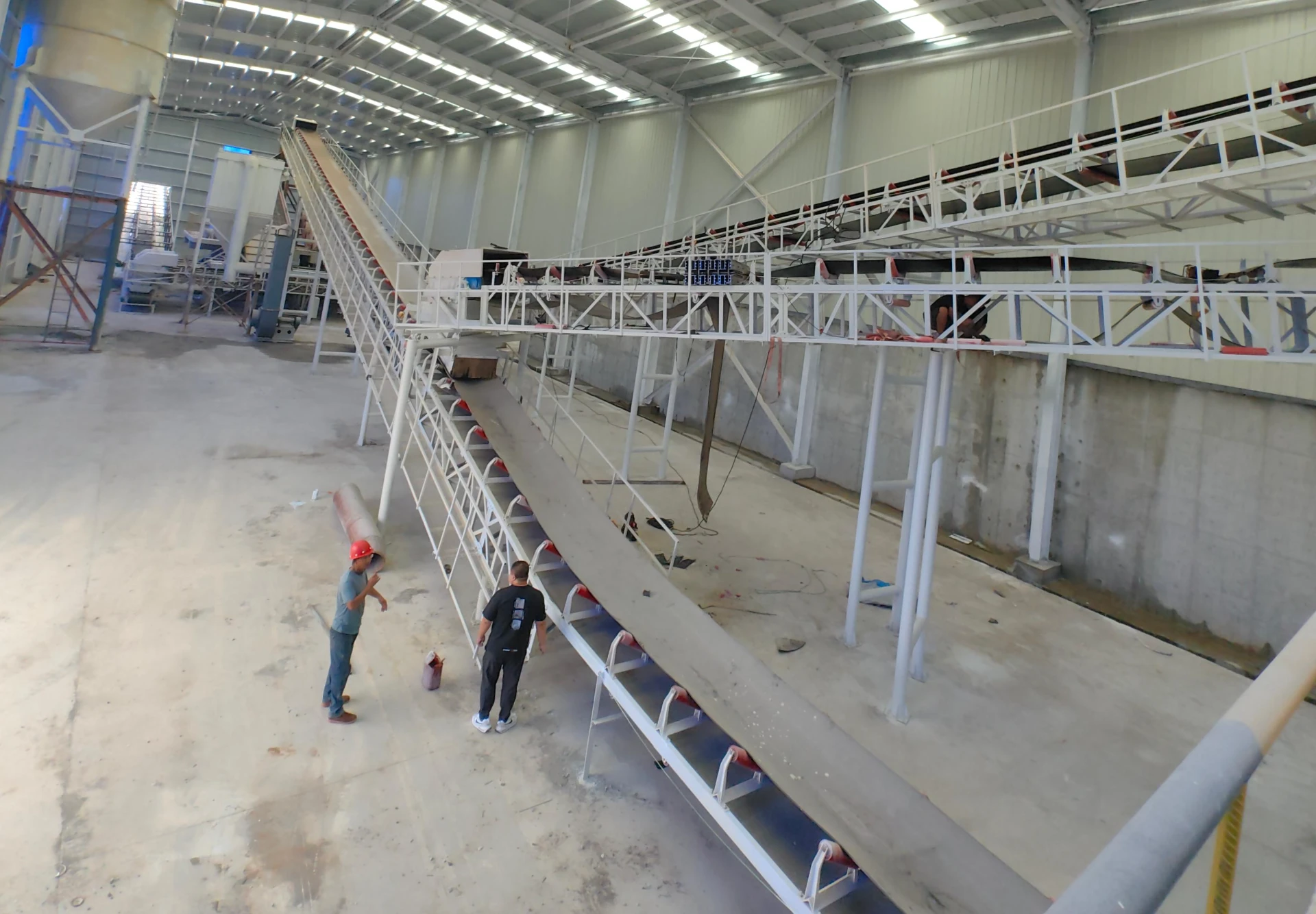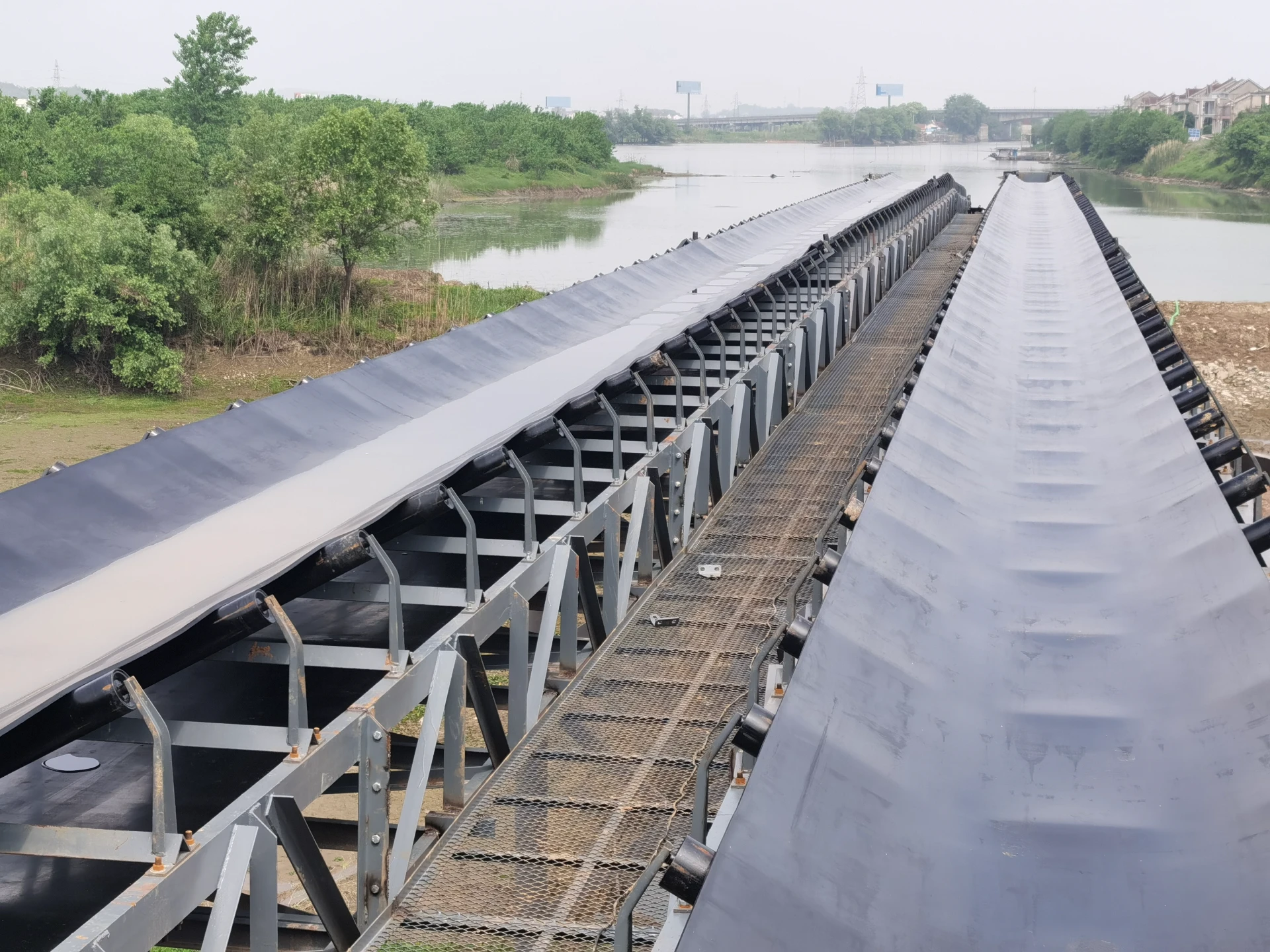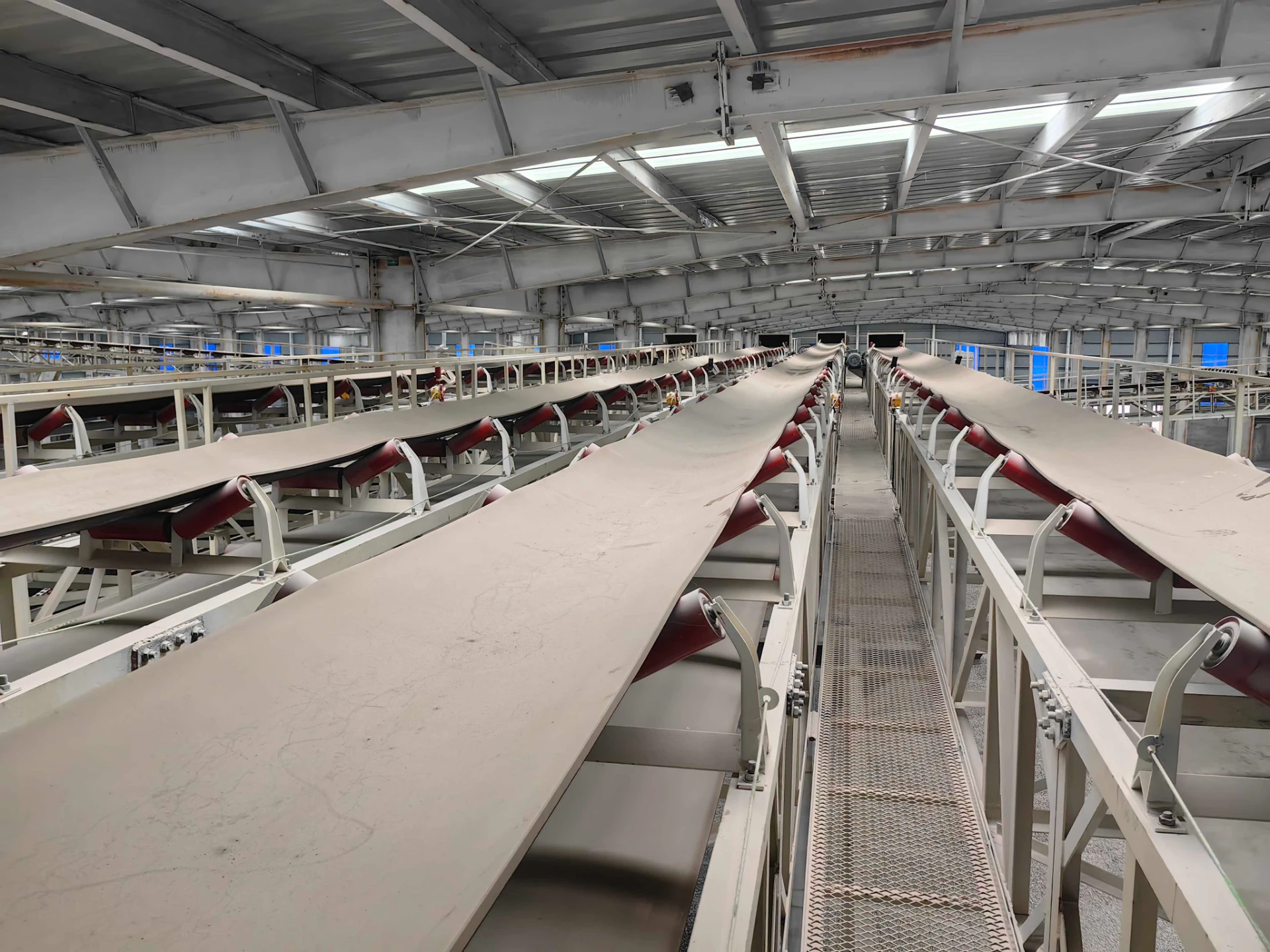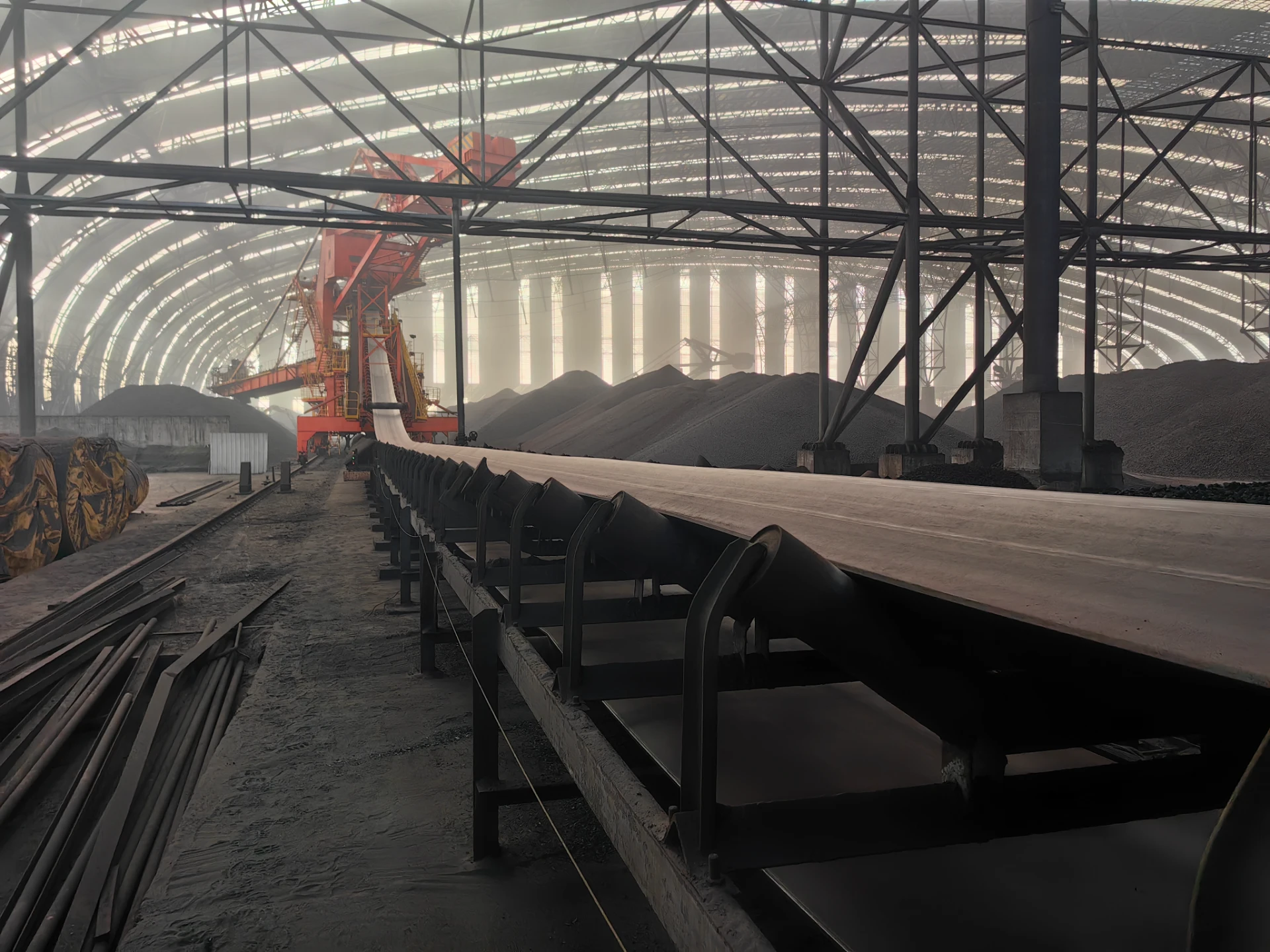Conveyor belts are indispensable in modern construction projects, offering efficient material handling solutions for dirt, gravel, sand, concrete, and other bulk materials. Unlike manual transportation, conveyors significantly reduce labor costs, improve productivity, and enhance safety by minimizing heavy lifting and manual hauling.
Construction sites utilize various types of conveyors depending on the material being moved, the distance required, and the project’s scale. From small dirt conveyors for residential landscaping to large radial stackers for aggregate stockpiling, these systems streamline operations across multiple construction phases.
Types of Conveyors Used in Construction
- Small Dirt Conveyors
Portable and lightweight, ideal for moving soil, mulch, or debris in tight spaces.
Typically 10-30 feet long, with rubber or PVC belts for flexibility.
Common in landscaping, excavation, and demolition projects.
- Stacker Conveyors
Designed for stockpiling bulk materials like sand, gravel, or crushed stone.
Fixed or adjustable height for creating organized material piles.
Used in quarries, concrete plants, and road construction.
- Radial Stacker Conveyors
Feature a rotating base (up to 360°), allowing adjustable stockpile placement.
Ideal for large-scale earthmoving and mining operations.
Can extend over 100 feet, with capacities exceeding 1,000 tons per hour.
- Stone & Aggregate Conveyors
Heavy-duty belts with impact-resistant rubber to handle sharp rocks.
Often used in quarry operations, asphalt plants, and road building.
May include cleated belts to prevent material rollback on inclines.
- Telescopic Conveyors
Extendable belts for precise material placement (e.g., loading trucks or scaffolding).
Common in high-rise construction and warehouse projects.
- Truck Loader Conveyors
Mounted on vehicles for quick loading/unloading of materials.
Used in demolition, excavation, and waste management.
Key Applications of Conveyors in Construction
- Excavation & Earthmoving
Small dirt conveyors efficiently remove excavated soil from trenches and foundations.
Radial stackers organize stockpiles for later use in backfilling or grading.
- Concrete & Masonry Work
Conveyors transport wet concrete to high or hard-to-reach areas, reducing pump costs.
Aggregate belts supply sand, gravel, and crushed stone to mixing plants.
- Demolition & Debris Removal
Portable conveyors help clear rubble, bricks, and scrap metal from demolition sites.
Some models include magnetic belts to separate metal waste.
- Road & Highway Construction
Stacker conveyors distribute asphalt, gravel, and base materials evenly.
Stone conveyors feed crushers and screening plants for aggregate processing.
- Landscaping & Site Preparation
Mini conveyors move mulch, topsoil, and rocks in residential and commercial projects.
Reduce manual labor when filling garden beds or leveling terrain.
Advantages of Using Conveyors in Construction
✅ Increased Efficiency – Move materials 10x faster than manual labor.
✅ Cost Savings – Reduce the need for wheelbarrows, dump trucks, and extra workers.
✅ Improved Safety – Minimize heavy lifting, reducing back injuries and accidents.
✅ Versatility – Adjustable lengths and angles suit various job site needs.
✅ Durability – Heavy-duty belts withstand abrasive materials like rocks and debris.
Future Trends in Construction Conveyors
Smart Conveyors – IoT sensors monitor belt wear, speed, and material flow.
Hybrid Power Systems – Solar or battery-powered conveyors for eco-friendly sites.
Automated Sorting – AI-assisted belts that separate materials during transport.
From small dirt conveyors for landscaping to massive radial stackers for quarry operations, conveyor belts are a game-changer in construction. They enhance productivity, reduce labor costs, and improve worksite safety—making them a must-have for modern builders.
As technology advances, we can expect even smarter, more efficient conveyor systems that further revolutionize material handling in construction. Whether moving soil, stone, or concrete, the right conveyor belt ensures a smoother, faster, and more profitable project.

